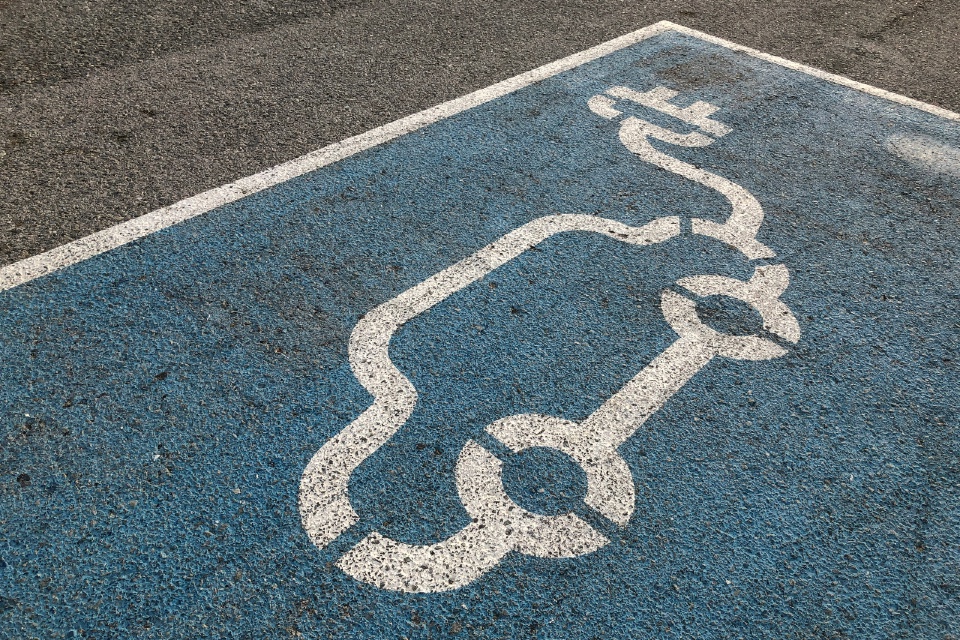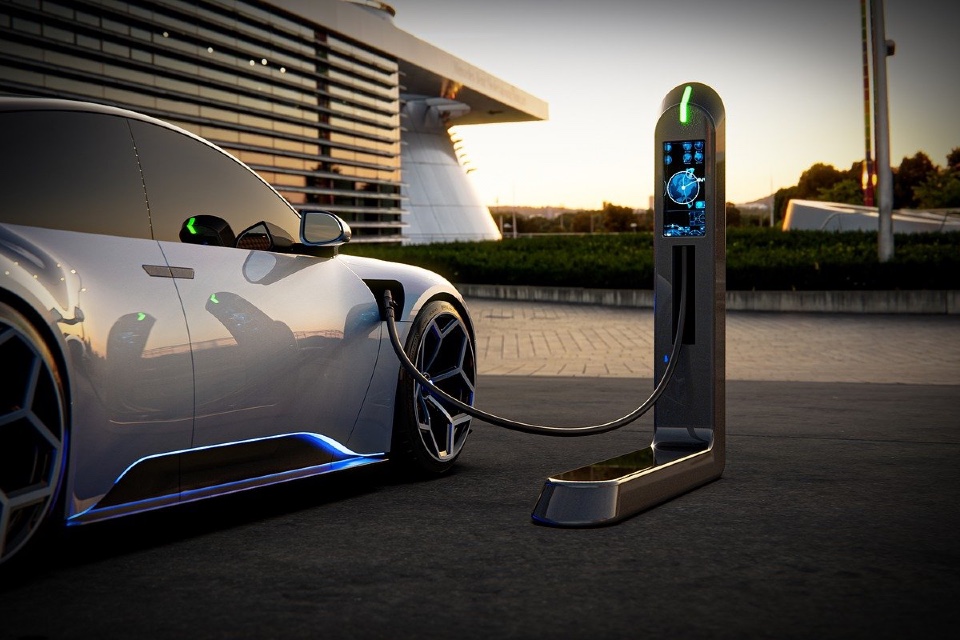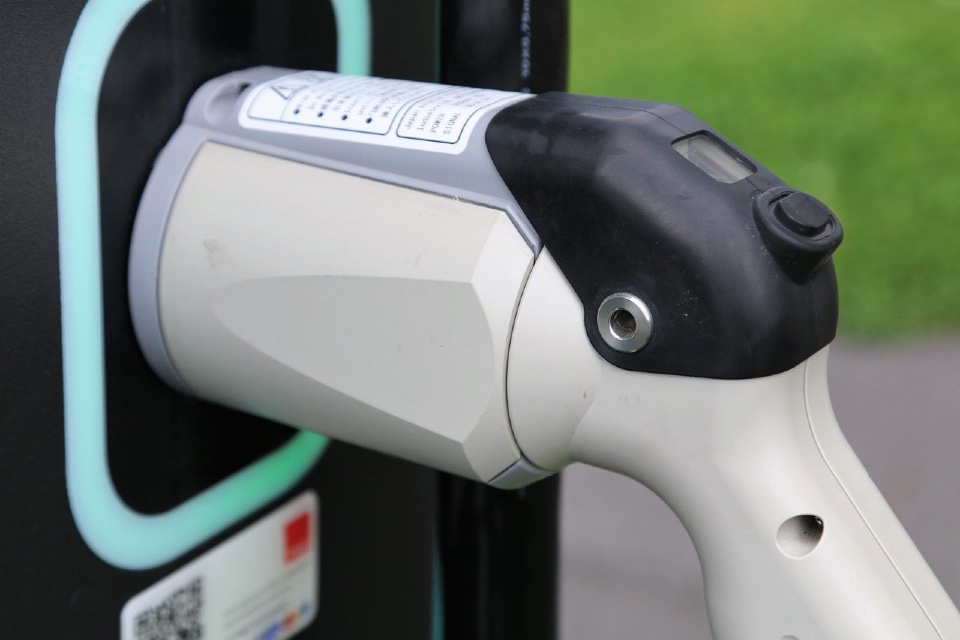THE WHICH EV VIEW: Will the UK’s petrol stations disappear by 2038?

By WhichEV The familiar sight of the local petrol station could soon be a memory, with new analysis revealing that the UK is on track to have no petrol or diesel forecourts left by 2038. The stark prediction comes as the number of electric vehicle (EV) charging hubs is growing at an explosive rate, set to […]
Motorways in the North West revealed as UK’s cleanest

England’s motorways have recently come under scrutiny due to “unacceptable” amounts of litter. However, things aren’t all bad. Instarmac, who manufacture and distribute road surfacing materials and other cement/bitumen-based products, have discovered that North West England’s motorways are the best-maintained in the country. Only 53.6% of motorways and major roads across the UK were graded A (no […]
Businesses ‘hungry’ to switch to EV fleets despite regulatory ‘potholes’

Retail, hospitality and leisure businesses are charging ahead to install on-site electric vehicle (EV) charge points to decarbonise their commercial fleets and offer charging facilities to the wider public, according to new research, but are battling complex regulations, an inaccessible national grid, and unhelpful planning laws. Some six million commercial vehicles travel up and down […]
Two-thirds of fleet vehicles ‘ready to go electric’

New research has found that two-thirds of vehicles (cars and vans) operated by private and public sector organisations in the UK are ready to go electric — contrary to increasing industry and media pessimism around electric vehicle (EV) adoption. Geotab’s ‘Taking Charge: On the Road to an EV Future’ report analysed driver data from 1.3 million […]
Are Electric SUVs a viable alternative to diesel and electric vans?

New analysis from Arval suggests Electric SUVs (eSUVs) are being chosen by some fleets as an alternative to diesel and electric vans. The mobility specialist says that as long as the space, payload and towing capacity offered by eSUVs is adequate, they can bring a wide range of advantages over their electric van (e-van) counterparts. […]
Confidence and calm urged as used car values drop
Fleets and dealers should trust the data and maintain a cool head during a period of volatile values in the UK’s used car market, according to analysis from Cox Automotive. Cox Automotive’s confidence in its forecast persists as we approach the final weeks of 2023. Its year-to-date baseline forecast of 5,545,530 is within 99.7% – […]
Government mandates and infrastructure investment ‘to fuel EV growth globally’

Global EV sales reached 7.7 million units in 2022, up from 1.4 million units in 2018, and are anticipated to reach 51.6 million units in 2035, driven by government mandates and infrastructure investments. That’s according to GlobalData‘s latest report, “Electric Vehicles Market Report, Update 2023 – Global Market Outlook, Trends, and Key Country Analysis,” which […]
EV myths and misconceptions tackled in ATS white paper

ATS Euromaster has published a White Paper with the aim of unpicking many of the myths and misconceptions surrounding electric vehicles on fleet. Called EV Mythbusters, the firm has engaged the views of experts in the electrification field to provide a more balanced perspective on fleet electrification as the sector continues to grow. The latest […]
IAM Road Smart takes aim at reckless company car drivers

Road safety charity IAM RoadSmart has expressed concerns around the percentage of at-work drivers who believe it’s acceptable to drive under the influence of drink and drugs. It surveyed the safety attitudes and behaviours of 2,010 UK motorists and, astonishingly, found 31 per cent of those driving for work believe driving after using Class A […]
Only 15% of digital transformation projects reach completion

New research shows that businesses have faith in technology to boost their productivity, but are facing major knowledge and skill barriers to complete their digital transformation projects. European businesses expect technology digital transformation projects to boost their productivity by an average of 38% in just 3 years with overall Return on Investment (ROI) expected in […]


